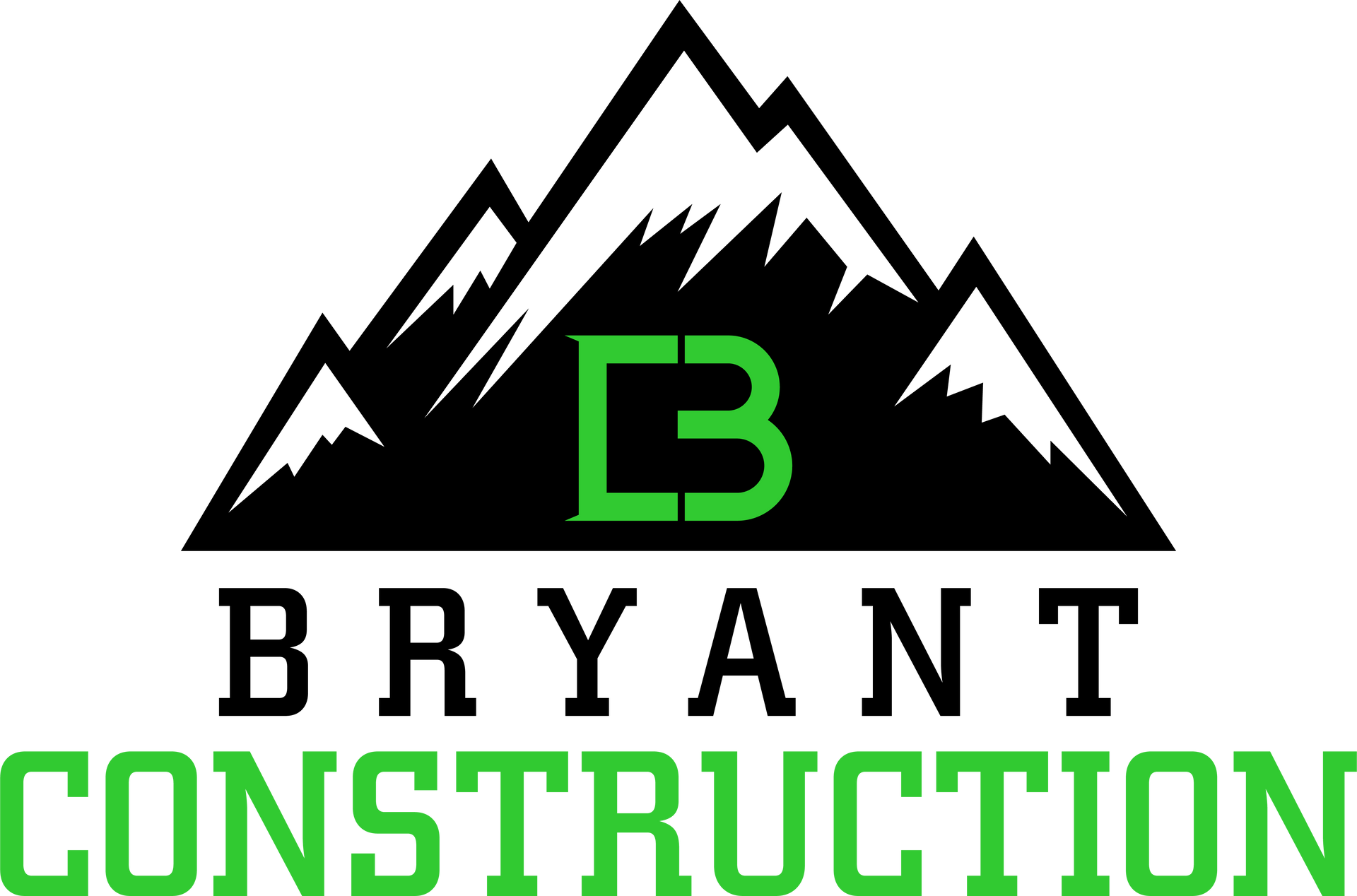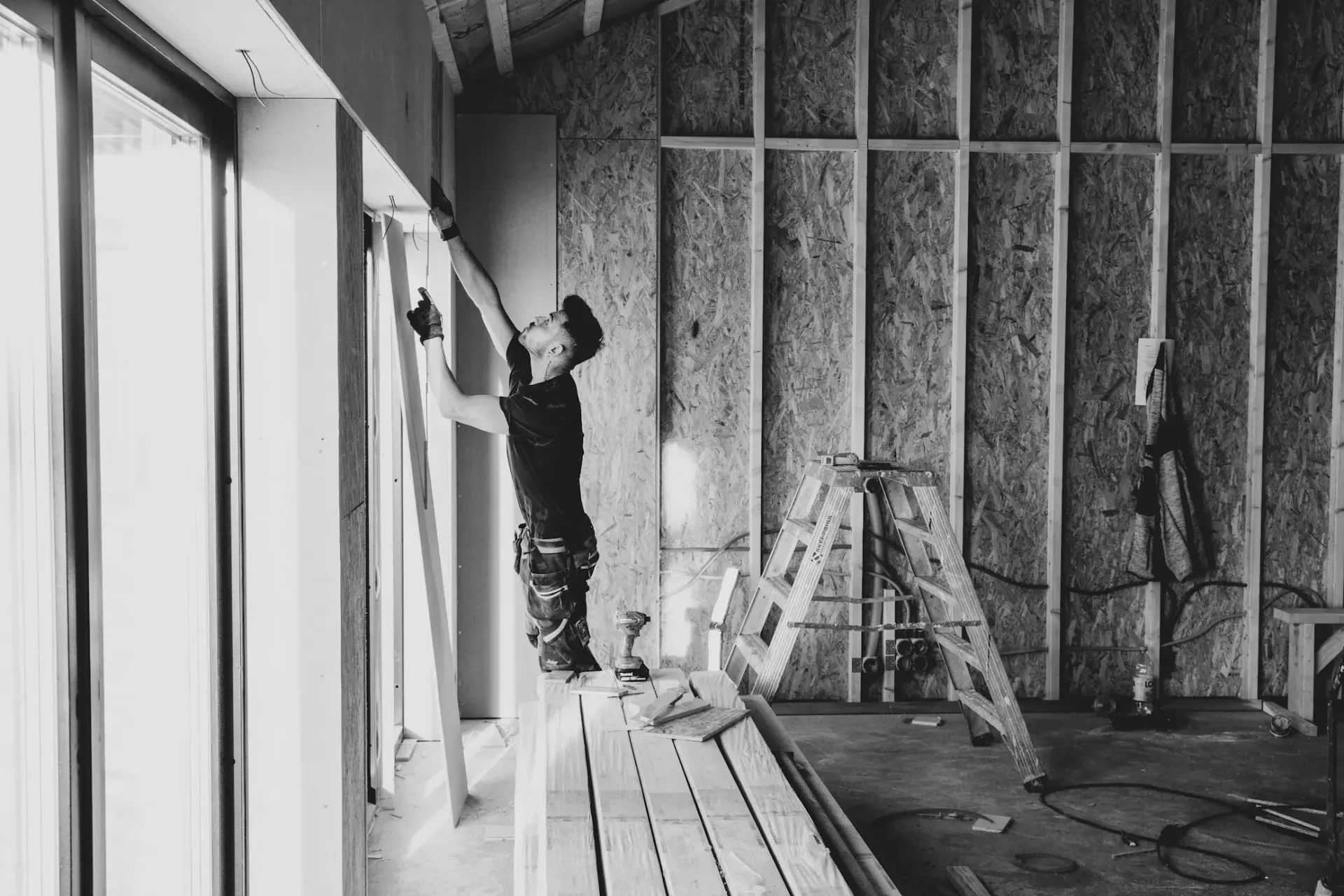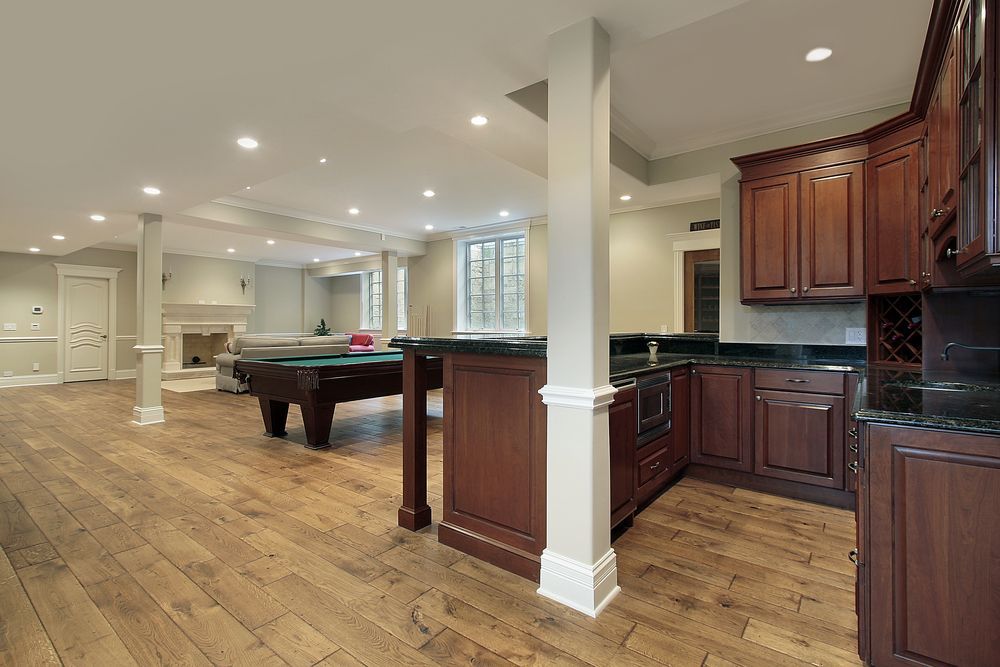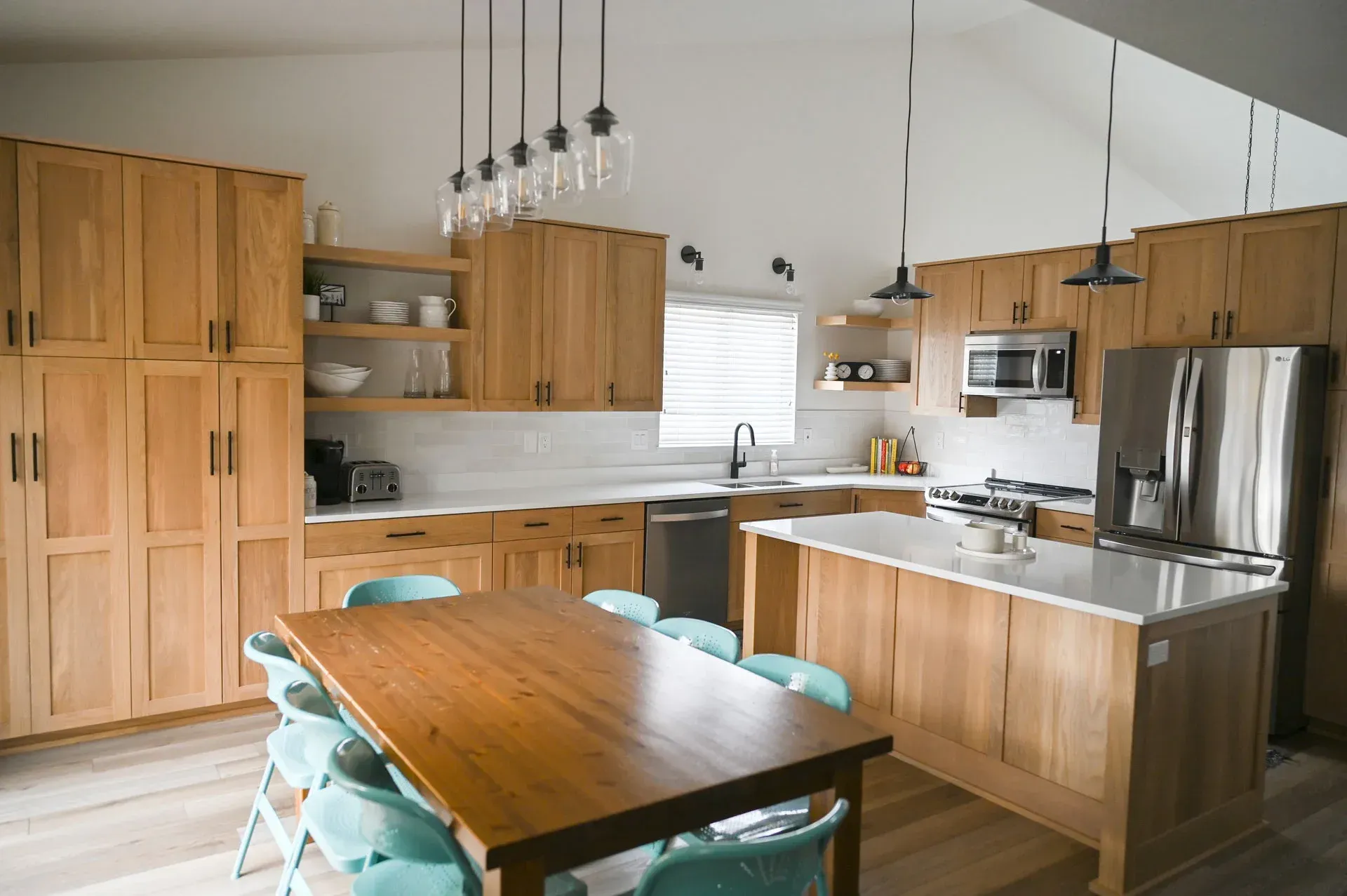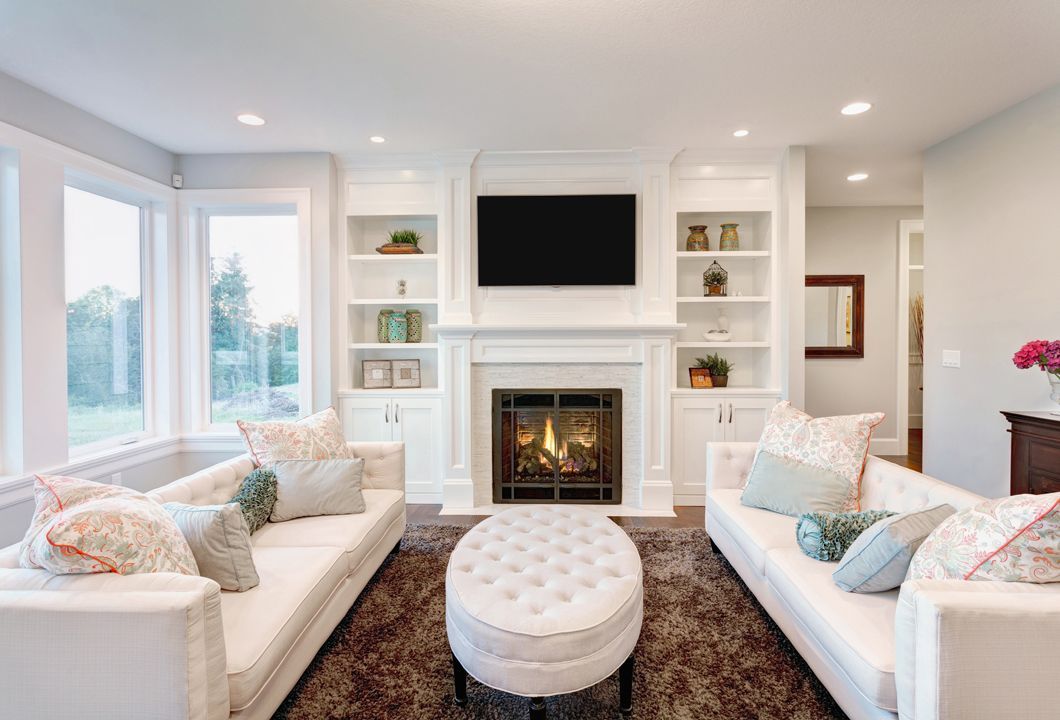Remodeling vs. Renovating: Key Differences and How to Choose
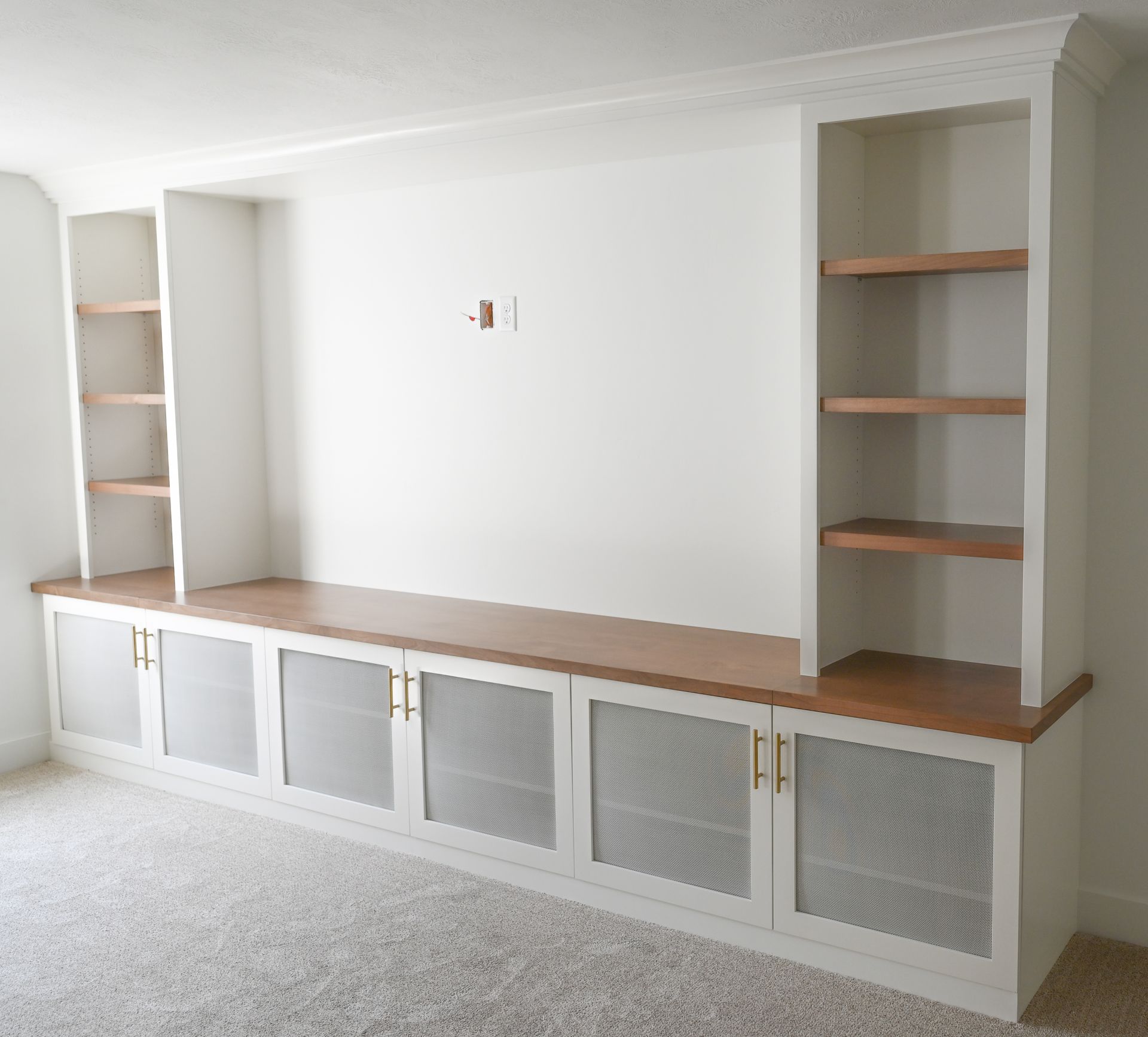
When homeowners start planning upgrades, the terms remodeling vs renovating often come up. While they are sometimes used interchangeably, the two describe very different approaches to home improvement. Knowing the distinction helps homeowners, buyers and investors make informed choices about cost, scope and long-term value.
Defining Remodeling and Renovating
Remodeling involves altering the structure or layout of a space. This could mean moving walls, expanding square footage or reconfiguring rooms to better suit your lifestyle. Remodeling is transformative by nature and changes how a space functions as well as how it looks.
Renovating, by contrast, is about restoring or updating. It may involve replacing flooring, refinishing cabinets or bringing older systems up to code. Renovation preserves the basic structure while improving its appearance or efficiency. In short, remodeling changes the bones of a home, while renovating refreshes what is already there.
Pros and Cons of Remodeling vs Renovating
Remodeling allows for the most creativity. A homeowner can redesign a kitchen to an open concept or convert an unfinished basement into a functional living area. This often increases property value and delivers a space uniquely tailored to the current owner.
The downside is that remodeling can be more complex, requiring architectural input, building permits and longer timelines. Renovation, on the other hand, may be less disruptive but can limit design flexibility. Homeowners looking for significant layout changes will find renovation insufficient for their goals. Additionally, renovations sometimes uncover hidden issues such as outdated wiring or plumbing, leading to unexpected expenses.
Cost Implications and Budget Considerations
Costs vary widely depending on scope, materials and labor. Remodeling often comes with higher expenses because it involves structural work, potential permits and design services. Renovating generally carries a lower price tag but can still add up quickly depending on the quality of finishes chosen and the condition of the existing structure.
Budgeting starts with a clear understanding of project goals. Homeowners should prioritize essential updates, account for a contingency fund and work closely with trusted contractors. For those unsure where to start, consulting professionals who offer home renovation and remodeling services is an effective way to plan realistically.
Design Flexibility and Limitations
Remodeling offers virtually unlimited design flexibility. With the right planning, a space can be completely reimagined to reflect personal style and functionality. Whether that means an open floor plan or a custom addition, remodeling gives homeowners creative control.
Renovating is more restricted. Since the structure remains intact, design options must work within existing walls, layouts and systems. While renovation is excellent for refreshing aesthetics or modernizing finishes, it does not allow the same level of reinvention as remodeling.
Choosing Between Remodeling and Renovating
The decision often comes down to goals, budget and long-term plans. A homeowner looking to modernize the look of their home in preparation for selling may choose renovation. Someone planning to stay in the home long-term and seeking dramatic improvements may lean toward remodeling.
Professional consultation is critical in either case. Contractors can assess feasibility, help refine budgets and guide homeowners through the decision-making process. By weighing goals against scope and cost, homeowners can confidently choose whether remodeling or renovating is the best path forward.
